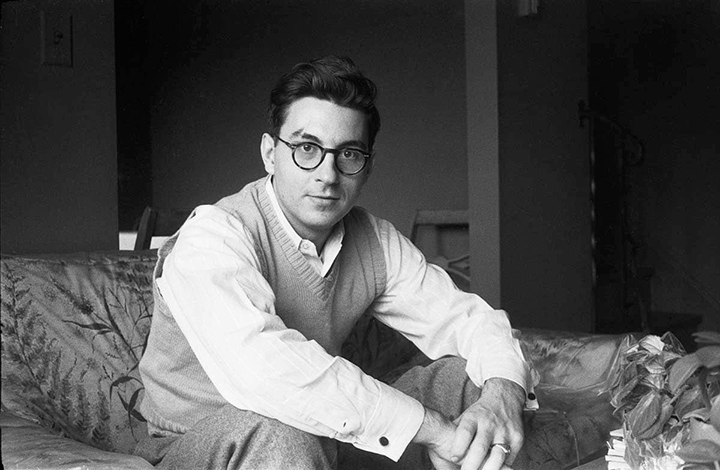 Richard Andres was born in Buffalo, New York in 1927. A graduate of the Cleveland Institute of Art in 1950, he was immediately drafted and served for two years in the army as a mural painter. He received his Master of Arts from Kent State in 1961. A frequent exhibitor at galleries and museums and winner of multiple May Show prizes, Andres taught art in the Cleveland Public Schools for 28 years, as well as teaching the University of Buffalo, the Cleveland Institute of Art and the Western Reserve University.
Richard Andres was born in Buffalo, New York in 1927. A graduate of the Cleveland Institute of Art in 1950, he was immediately drafted and served for two years in the army as a mural painter. He received his Master of Arts from Kent State in 1961. A frequent exhibitor at galleries and museums and winner of multiple May Show prizes, Andres taught art in the Cleveland Public Schools for 28 years, as well as teaching the University of Buffalo, the Cleveland Institute of Art and the Western Reserve University.
Very little in Richard Andres’ childhood would have predicted his love of classical music, mid-century-modern architecture and certainly not his lifelong passion for art and in particular abstract art. Richard’s father, Raymond, had no more than a third-grade education, and his mother, Clara, was one of thirteen children – only three of whom lived into adulthood and none of whom attended high school.
They lived, when Richard was a boy, in a dingy area of Buffalo, NY in a walk-up apartment situated above a tavern. Raymond and Clara supplemented the income from their factory jobs in the bar downstairs with Raymond playing ragtime on the piano and Clara serving drinks. This often left Richard and his two older brothers at home alone to fend for themselves. The two older boys, Raymond and Russell, were - unlike Richard- rather rough and tumble and entertained themselves with stickball, boxing and the like. Richard, on the other hand, from a very young age liked to draw, or better yet even, to paint with the small set of watercolors he received for Christmas one year. Paper, however, at the height of the depression, was hard to come by. Luckily, Clara used paper doilies as decoration for the apartment and Richard would contentedly paint and then cut up doilies, gluing the pieces together to create collages.
At eight-years-old, he discovered the Albright-Knox Museum (then known as the Albright Art Gallery) and spent several hours a week there studying the paintings. He was particularly fond of Charles Burchfield‘s landscapes, enamored with their ‘messiness’ and thinking that they somehow captured more ‘feeling’ than works he was previously familiar with. For his tenth Christmas, he asked for and received a ‘how-to’ paint book by Elliot O’Hare. Through this self-teaching, he assembled the portfolio needed for acceptance to Buffalo Technical High School where he studied Advertising Arts. In his Junior year, he was encouraged to enter a watercolor painting, “Two Barns,” in the national 1944-45 Ingersoll Art Award Contest and was one of twelve grand prize winners – each one winning one hundred dollars. More importantly the painting was exhibited at the Carnegie Institute Galleries, which resulted in his winning a national scholarship to the Cleveland School of Art (The Cleveland Art Institute).
He flourished at the art school under the tutelage of faculty members such as Carl Gaertner, as well as that of visiting artists such as William Sommer and Henry George Keller. He would say in later years that Gaertner, in particular, influenced his attitude toward life as well as art. “Gaertner,” Andres said, “believed that there was no need to be a ‘tortured artist’, that an artist should rather enjoy beauty, family, and life in general.” Free to spend his days as he chose, he wandered the Cleveland Art Museum for most of the hours he was not attending classes or painting; the remaining time was spent drinking coffee at a local hangout with art school friends – which is where he met fellow Henry Keller scholarship winner, Avis Johnson. Richard was immediately smitten with Avis, but being rather shy, it took him the entire summer of 1948 to build up his courage to ask her out. Over that summer he ‘thought about Avis’ and worked in a diner to save money. He also used the hundred-dollar prize money won in High School to visit the first Max Beckmann retrospective in the United States at the City Art Museum in St. Louis. Over a half century later he spoke of that exhibit with a reverence usually reserved for spiritual matters, “I walked in and it was like nothing I had ever seen before... the color...It just glowed.”
Returning to campus in the Fall, the first thing he did was go to the coffee shop in hopes of finding Avis. He did, and she, upon seeing him, realized that she was also smitten with him. They quickly became known as ‘the couple’ on campus, and a year later, with Richard being drafted for the Korean war, they were quickly married by a Justice of the Peace, celebrating after with family at Avis’s Cleveland home. As a gift, faculty member John Paul Miller designed and made the simple gold wedding ring Avis wore for their 65 years of marriage. During those 65 years neither wavered in their mutual love, nor in the respect they shared for one another’s art.
The couple lived in a converted chicken coop in Missouri while Richard was in boot camp. At the camp, he would volunteer for any job offered and one of those jobs ended up being painting road signs. His commander noticed how quickly and neatly he worked and gave him more painting work to do - eventually recommending him for a position painting murals for Army offices in Panama. Until her dying day, Avis remained angry that “The army got to keep those fabulous murals and they probably didn’t even know how wonderful they were.” In Panama, their first son, Mark, was born. After Richard’s discharge in 1953, they moved back to the Cleveland area and used the GI bill to attend Kent State gaining his BA in education. The small family then moved briefly to Buffalo, where Richard taught at the Albright Art School and the University of Buffalo – and their second son, Peter, was born. Richard had exhibited work in the Cleveland May Show and the Butler Art Museum during his art school years, and during the years in Buffalo, his work was exhibited at the gallery he had so loved as a child, the Albright Art Gallery.
In 1956, the family moved back to the Cleveland area and Richard began teaching art at Lincoln West High School during the day while working toward his MA in art at Kent State in the evenings. Avis and Richard, with the help of an architect, designed their first home - a saltbox style house in Hudson, Ohio, and in 1958, their third son, Max (after Max Beckmann) was born. Richard enjoyed the consistency of teaching high school as well as the time it gave him to paint on the weekends and during the summer months. In 1961, he received his MA and his daughter, Claire, was born. With a fourth child, the house was much too small, and Avis and Richard began designing their second home. An admirer of MCM architecture, Richard’s favorite example of the style was the Farnsworth house – he often spoke of how the concepts behind this architectural style, particularly that of Mies van der Rohe, influenced his painting.
Andres described himself as a 1950’s painter, not fully accepting the designation of ‘Abstract Expressionist’ or ‘Abstract’ he saw his work as an extension of those styles, but rooted in the wider mid-century architectural concept of immersing the individual with nature, and the breakdown of the barrier between interior and exterior spaces. The house Avis and Richard built in 1967, with its open concept, and large glass curtainless windows reflected that concept, and the influence of living in that type of space can be seen in his later works. As Avis liked to say, “The idea is to have the walls be glass, but you need some real walls to have somewhere to hang paintings.”
In this house, Richard developed a style of painting that harkened back to his early years. In his studio, a room in the house with a large window, he would roll out large thin paper - the type used for architectural blueprints on the floor and paint on it. The large rolls of paintings would then be cut into pieces and then glued onto canvas, creating that ‘glow’ of color he admired in Beckmann’s exhibit. These paintings, often with titles such as “Windows” or “Gardens” have transparency that reflects the breaking of interior/exterior boundaries of mid-century architecture as well as a joy realized in those early words of Carl Gaertner. In his late life Andres was fond of saying, “I am the wealthiest man in the world, look around, I have everything anybody could want. Look at my wife, my house, and all this art.”
Education
Kent State University, M.A. (Art) 1961
Kent State University, B.S. Ed., 1954, Magna Cum Laude
U.S. Army, March 1951 to March 1953
Cleveland Institute of Art, B.F.A., 1950
Buffalo Technical High School, 1945, Honors
Teaching
The Cleveland Public Schools, 1955-1983
The Albright Art School of the University of Buffalo, 1954-1955
Classes at the Cleveland Institute of Art, Western Reserve University and Western Reserve Academy
Awards
Kaleidoscope, Akron, Ohio
First Place, Acrylic, 2004
Honorable Mention, 2005
Cleveland Museum of Art - May Shows
Special Jury Mention - 1967, 1968, 1974, 1979, 1981, 1984
Ohio State Fair, Columbus, Ohio
Fine Arts Exhibition - 1982
Canton Art Institute, All Ohio Shows
Second Prize, Painting - 1979
Honorable Mention, Painting - 1977
Canton Art Institute, Fall Shows
Honorable Mention, Oil - 1969
Best in Show, Oil - 1968
Honorable Mention, Water Color - 1968
Honorable Mention, Water Color - 1967
Honorable Mention, Oil, Water Color, Drawing - 1965
Best in Show - 1961
Honorable Mention, Prints - 1961
Massillon Museum
Purchase Award - 1969
Canton Jewish Community Center Best in Show, 1967
Chesterfield Purchase Award - 1967
Honorable Mention, Graphics - 1960
Akron Art Institute, Spring Shows Two Honor Awards, 1966
Three Honor Awards, 1965
Student Awards
Kent State University, Independent Student Show
Purchase Prize, Oil - 1953
Third Prize, Drawing - 1953
Cleveland Institute of Art
Henry G. Keller Award for Excellence in Drawing - 1949
Cleveland Institute of Art, Student Independent Shows
First Prize - 1948
Second Prize - 1947
National Scholastic Scholarship Award, 1945
Ingersol Award - 1945
Shows
12th Annual Juried Exhibition “Double Exposure,” Pleiades Gallery, New York, NY - 1994
**Avante Gallery, Cleveland - 1990
Andres–A Family Show, The Cain Park Art Gallery, Cleveland Heights - 1986
Cleveland Museum of Art May Shows - 1947-1954, 1956, 1957, 1959-1961, 1964, 1967-1977, 1979, 1981, 1983, 1984
Cleveland Museum of Art, The Cleveland Institute of Art 100 Years - 1982
Erie Fine Art Center, Spring Show - 1982
Canton Art Institute, All Ohio - 1977, 1979, 1981
Beck Center, Lakewood, Ohio, Work by the Andres Family - 1981
Canton Art Institute, The Andres Family Show - 1980
** Staircase Gallery, Hudson, Ohio - 1976
First Annual Ohio Invitational, Blossom Music Center - 1976
** Dobama Theater, Cleveland, 1972, 1974
* Cleveland Institute of Art, Distinguished Alumnus - 1974
Cleveland Institute of Art Alumni Invitational - 1973
Kent State Alumni Invitational - 1973
Arts International, Cleveland - 1971
Cuyahoga Community College Invitational - 1970
Akron Area Artists Invitational, Massillon Museum - 1970
Cleveland Museum of Art Traveling Shows - 1947-1951, 1960-1961, 1966-1969
* Intown Club, Cleveland - 1967
* Mai one College, Canton - 1966
Akron Art Institute - 1965, 1966
* Canton Art Institute - 1964
Contemporary American Water Color Invitational, Grand Rapids, Michigan - 1963
*Kent State University - 1961
Cleveland Institute of Art Faculty Shows - 1956-1958
Albright Art Gallery, 21st Western N.Y. Exhibition - 1955
Albright Art School Faculty Exhibit, Albright Art Gallery, Buffalo - 1954
Butler Art Institute, New York Show, Youngstown, Ohio - 1950
**Karamu Theater, Cleveland - 1950
*0ne Man Shows
**Two Person Shows
Works Represented in the Following Collections
Cleveland Museum of Art
Massillon Art Museum
Canton Art Institute
Kent State University
Western Reserve Academy
Central National Bank of Cleveland
Cleveland Trust Company
U.S. Time Corporation
Ferro Corporation
The Chesterfield of Cleveland
Samuel Moore & Company - Eaton Corporation
Hiram College
Works by Richard Andres
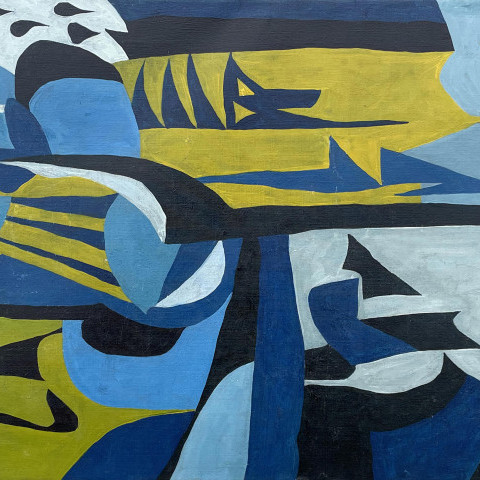
Untitled, c. 1949 Richard Andres
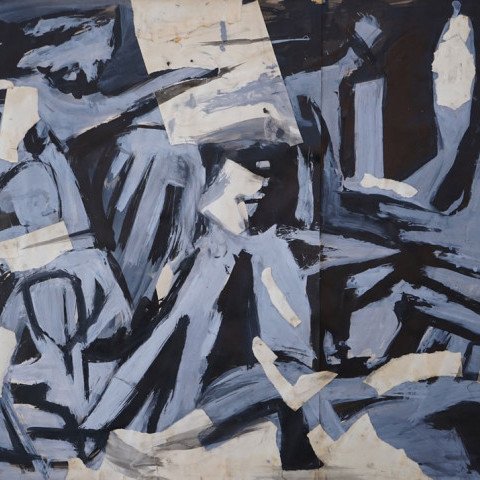
Battle of the Sea Gods after Mantegna, c. 1950 Richard Andres
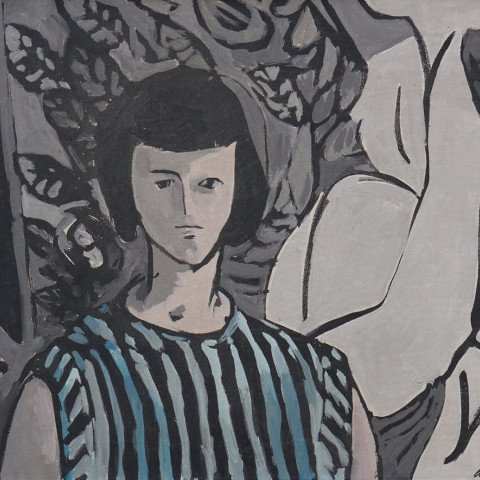
Untitled I, c. 1950 Richard Andres
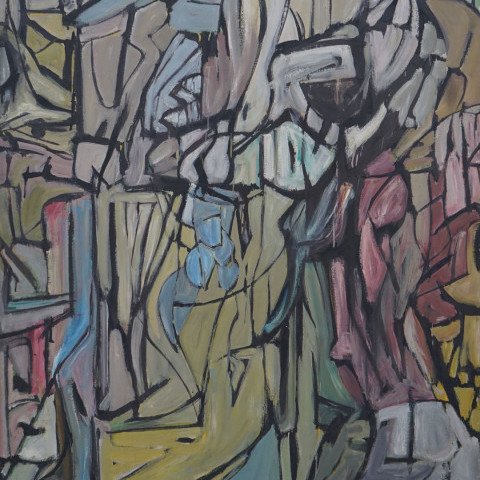
Untitled I, c. 1955 Richard Andres
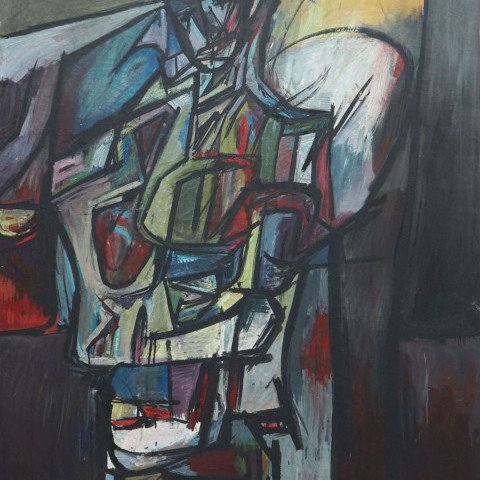
Untitled, c. 1955 Richard Andres

S.F.L., 1955 Richard Andres
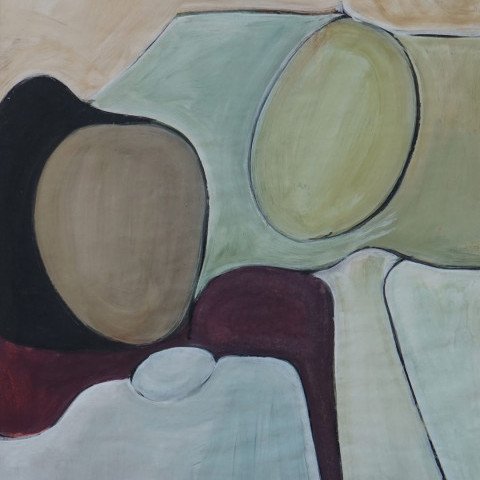
Fragment, c. 1958 Richard Andres
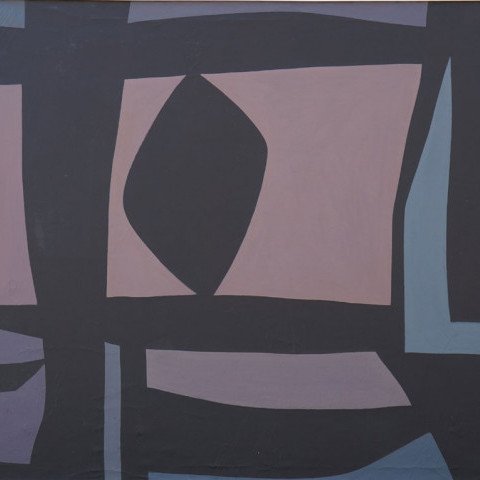
Blue Wall, c. 1958 Richard Andres
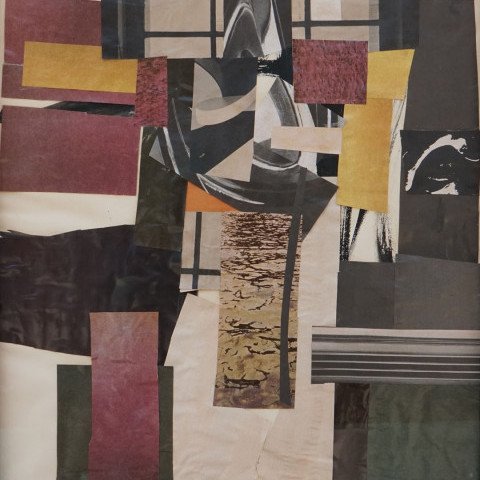
Untitled, c. 1958 Richard Andres
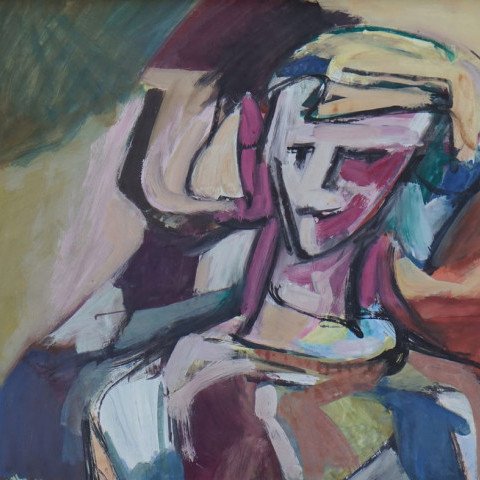
Head, 1959 Richard Andres
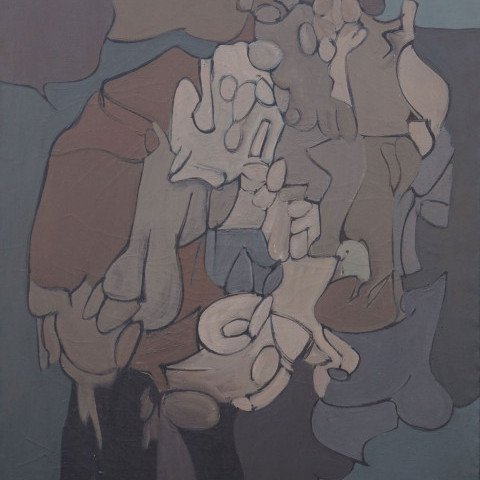
Dark Ground, 1961 Richard Andres
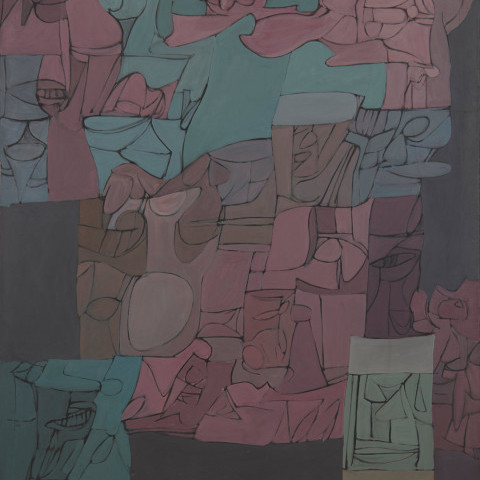
The Grey Wall, c. 1962 Richard Andres
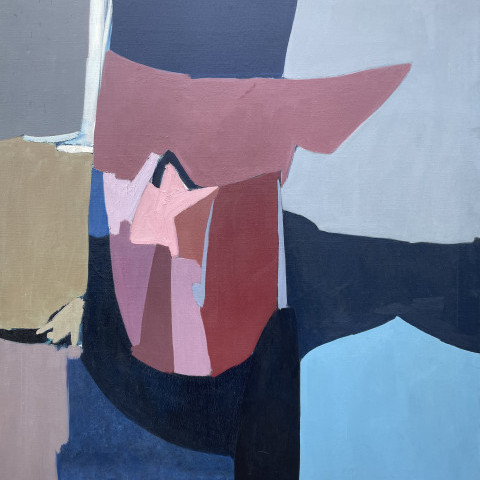
Corps Emblem, c. 1962 Richard Andres
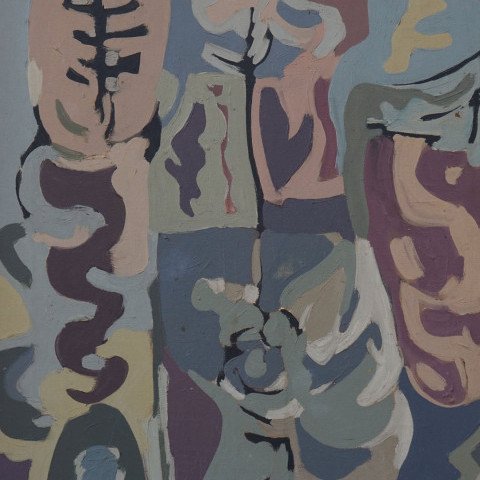
Untitled, c. 1962 Richard Andres
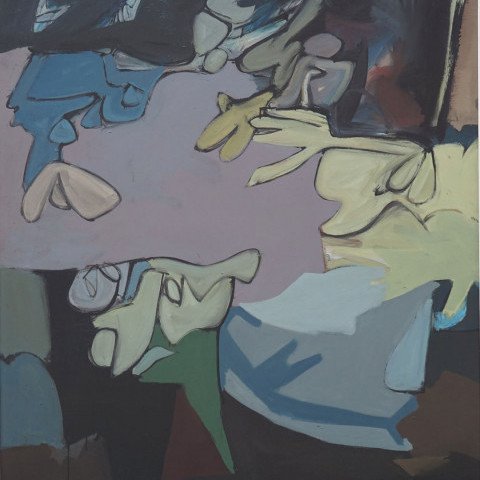
Delaware II, c. 1962 Richard Andres
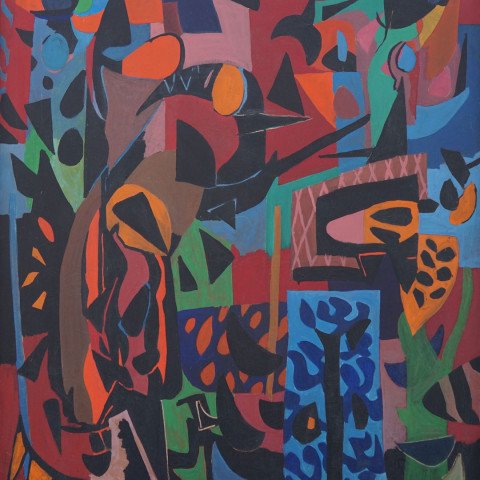
Magic Garden, c. 1962 Richard Andres
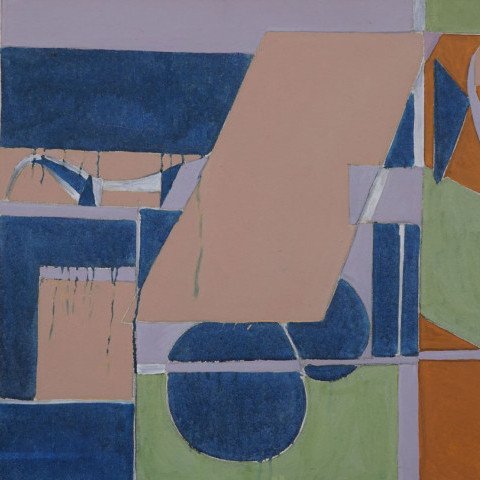
Naval Occurrence, c. 1963 Richard Andres
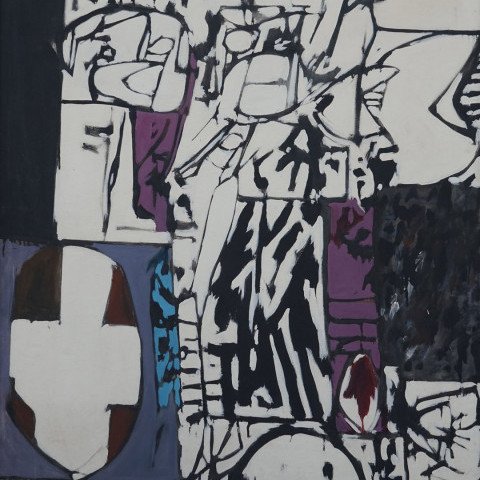
Purity and the Wall, c. 1964 Richard Andres
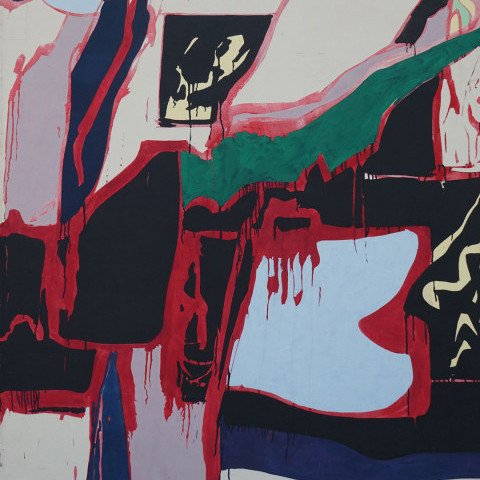
Shore V, c. 1964 Richard Andres
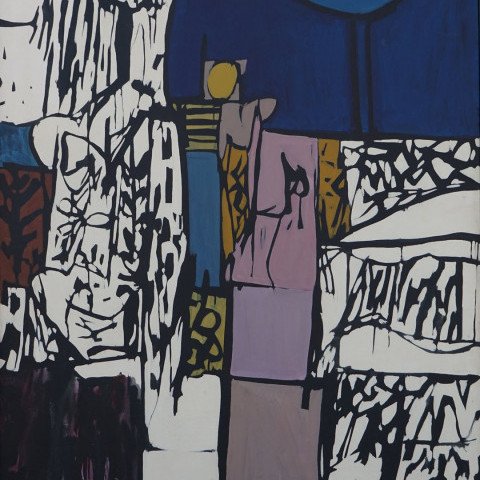
Panama Garden, c. 1964 Richard Andres
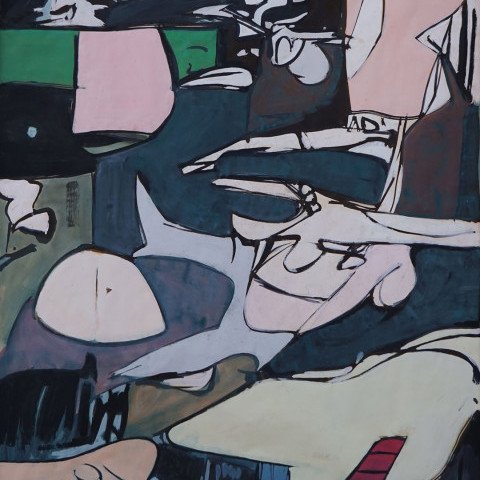
Circus Lights and Shadows, c. 1964 Richard Andres
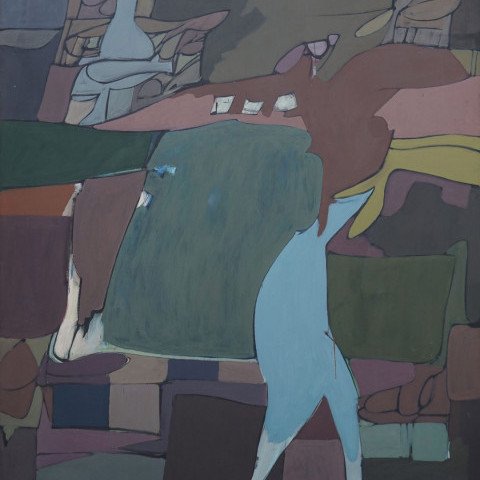
Green Walking, c. 1965 Richard Andres
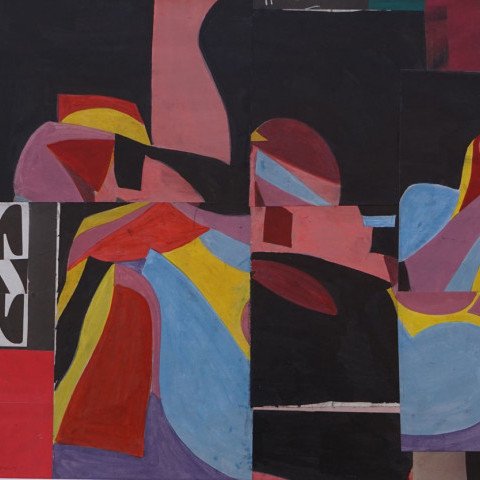
Pieces Collage, c. 1965 Richard Andres
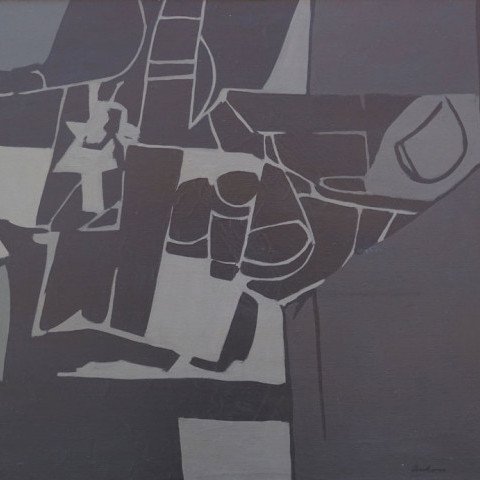
Circus 10, c. 1965 Richard Andres
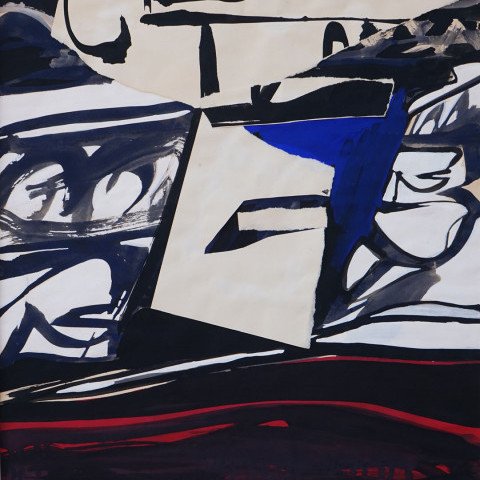
Untitled, c. 1967 Richard Andres
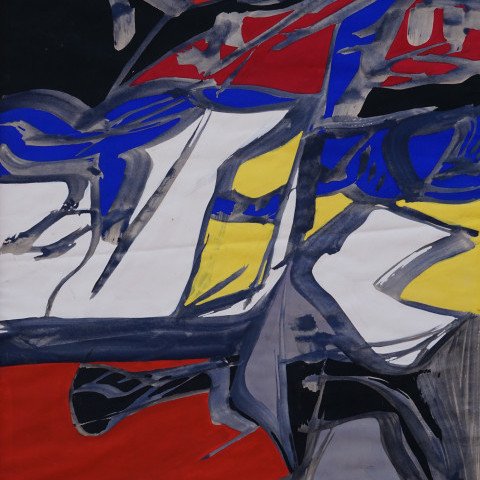
Untitled, c. 1968 Richard Andres
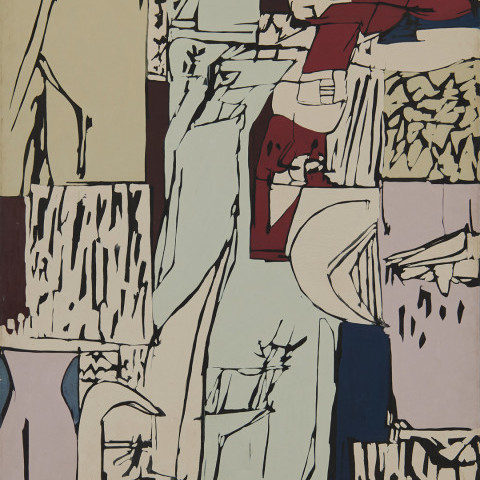
Untitled , 1968 Richard Andres
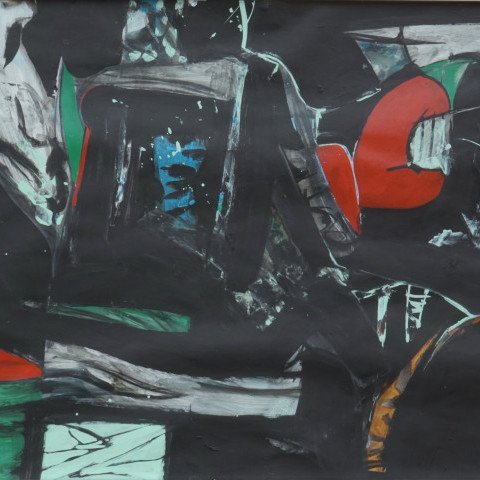
Untitled, c. 1967 Richard Andres
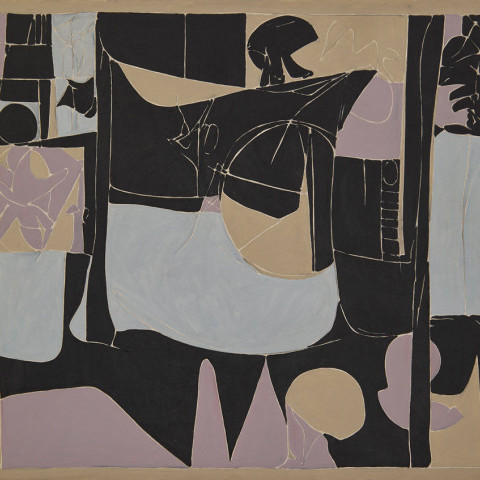
Crusader, c. 1969 Richard Andres
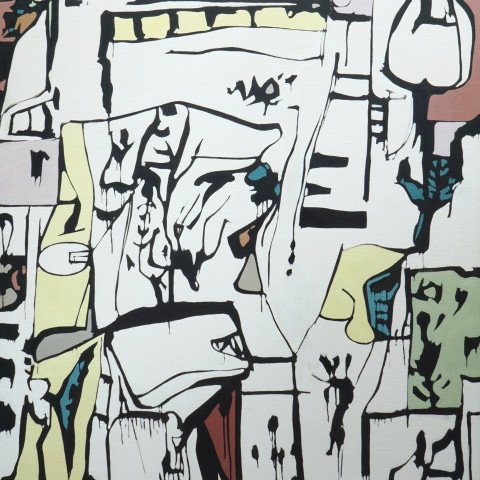
Garden, 1972 Richard Andres
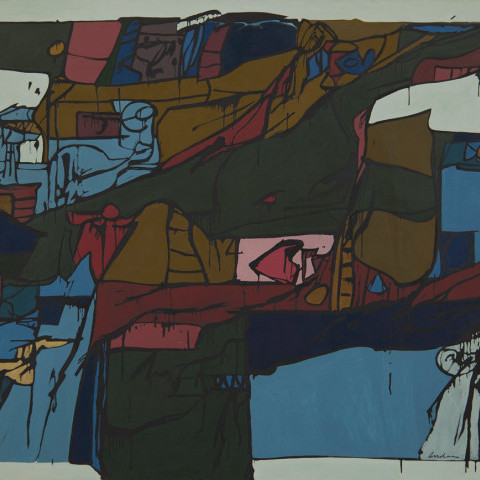
Sailing, 1973 Richard Andres
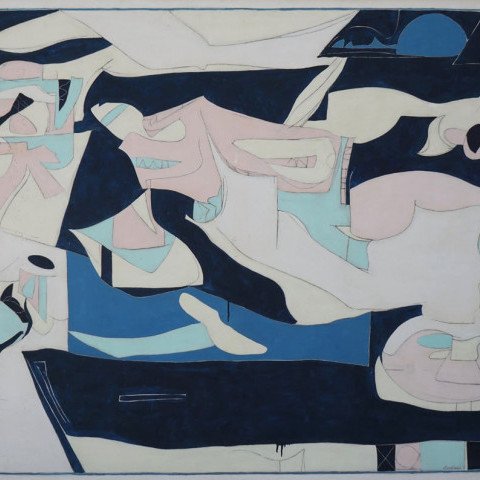
L.S.F. 74, 1974 Richard Andres
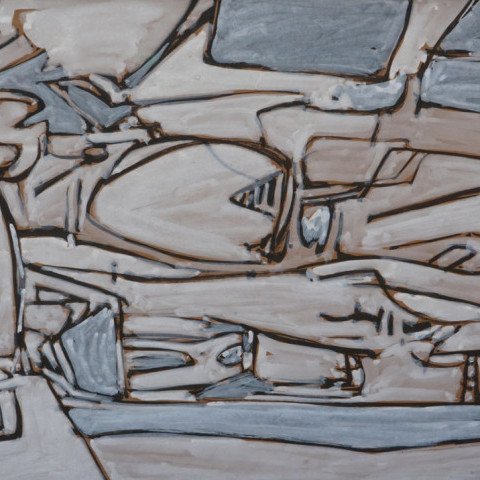
L.S.F., c. 1975 Richard Andres
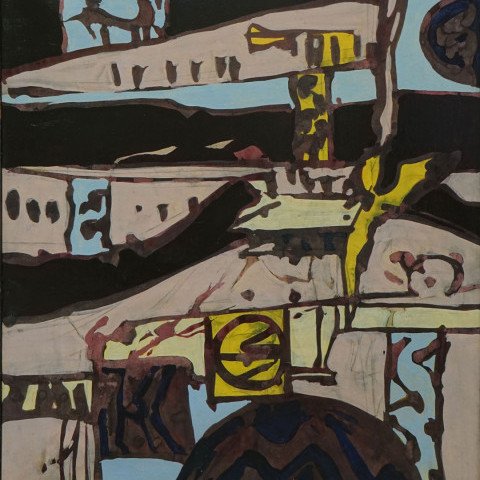
Bridges II, c. 1975 Richard Andres
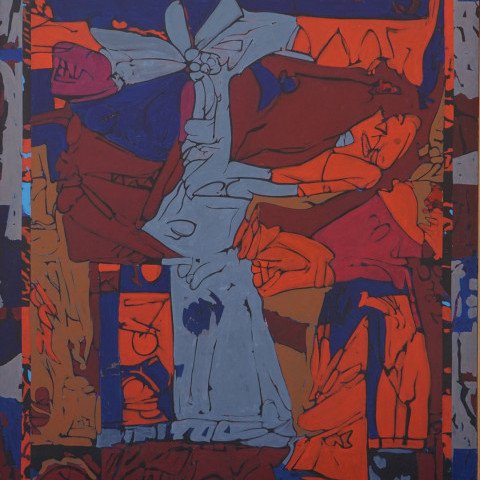
Untitled I, c. 1975 Richard Andres
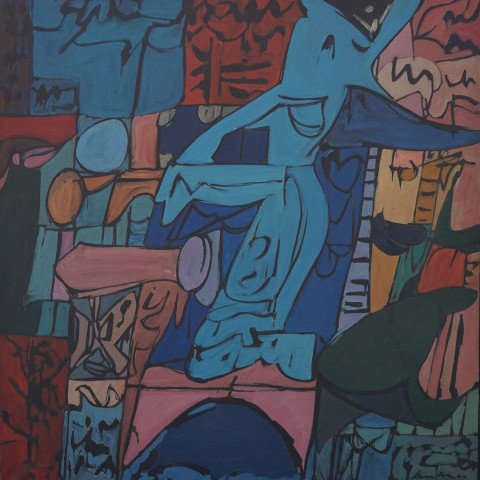
Untitled II, c. 1975 Richard Andres
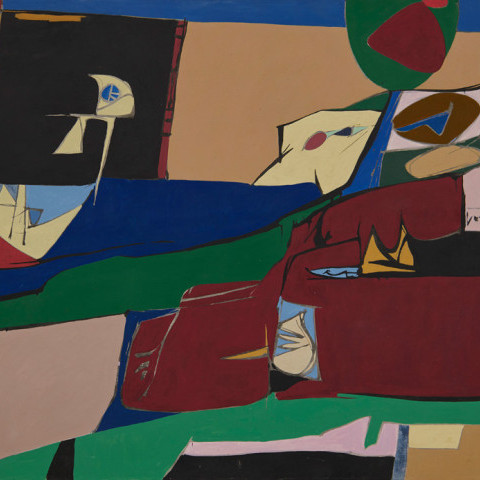
Erie Shore, c. 1975 Richard Andres
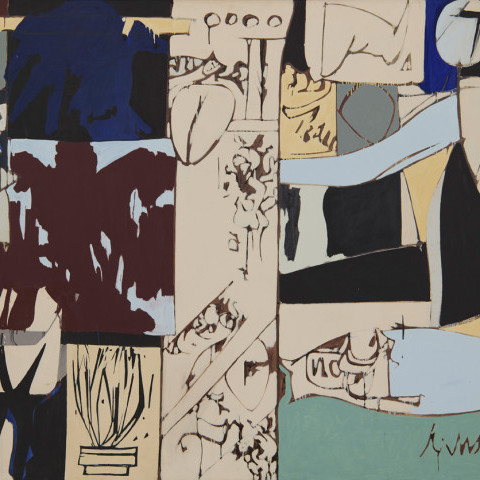
Saturday on Wednesday, c. 1975 Richard Andres
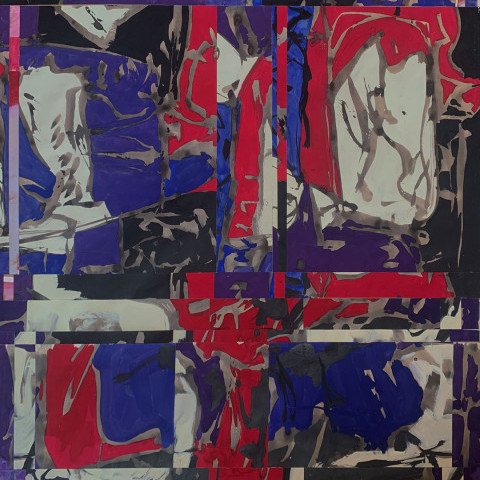
Quarters, 1975 Richard Andres
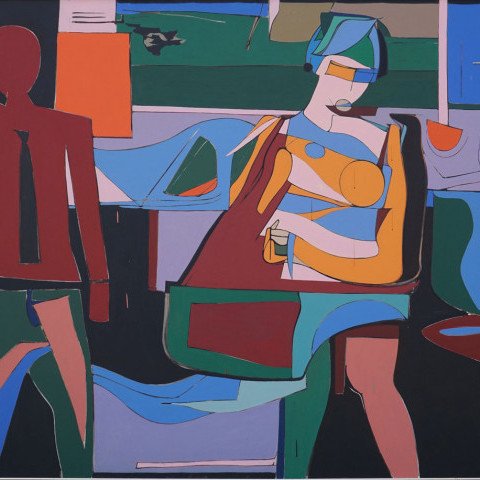
Interior, 1976 Richard Andres

Untitled, c. 1950 Richard Andres

Untitled, c. 1950 Richard Andres

Untitled, c. 1965 Richard Andres
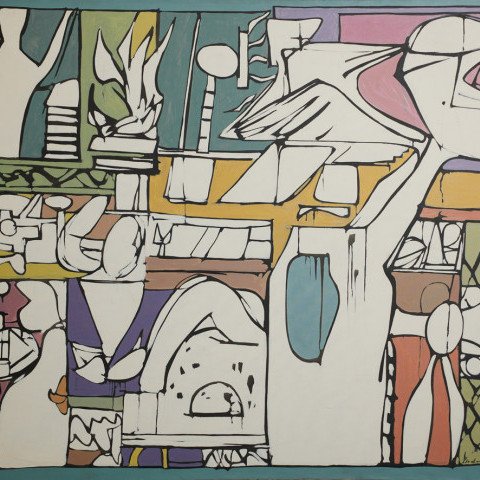
The New Plans, 1969 Richard Andres

Fragment II (Photographer's Studio), c. 1970 Richard Andres

Untitled, c. 1980 Richard Andres

L. S. F., 1980 Richard Andres

Untitled, c. 1980 Richard Andres

Untitled, c. 1980 Richard Andres

Untitled, c. 1980 Richard Andres

Fragments, c. 1980 Richard Andres

The King of Diamonds Accepts Challenges, 1982 Richard Andres

Interior, 1982 Richard Andres

The Challenge, c. 1982 Richard Andres

Inky, c. 1984 Richard Andres

Untitled, c. 1984 Richard Andres

Mirror, 1984 Richard Andres

Untitled Landscape, c. 1985 Richard Andres

Moonlight & Shadows, c. 1985 Richard Andres

Girl and Boat Variation, c. 1985 Richard Andres

Untitled, c. 1985 Richard Andres

Untitled, c. 1985 Richard Andres

Untitled, c. 1985 Richard Andres

Figure at Night, c. 1985 Richard Andres

Pool, c. 1985 Richard Andres

Visitors, c. 1985 Richard Andres

Summer Idyl, c. 1985 Richard Andres

Reflections, 1985 Richard Andres

Circus Lights & Shadows, c. 1986 Richard Andres

February, 1986 Richard Andres

North Sea I, 1986 Richard Andres

Windows, 1986 Richard Andres

Magic Act, 1986 Richard Andres

Escape, c. 1987 Richard Andres

Hurry, c. 1987 Richard Andres

Encounter, c. 1987 Richard Andres

North Sea, 1987 Richard Andres

Untitled, c. 1988 Richard Andres

Stream, c. 1988 Richard Andres

Guardian, c. 1988 Richard Andres

Adolescents Back-to-Back, c. 1988 Richard Andres

Untitled (Avis), c. 1988 Richard Andres

Three Dancers, c. 1988 Richard Andres

Little Ange, 1989 Richard Andres

Studio, 1991 Richard Andres
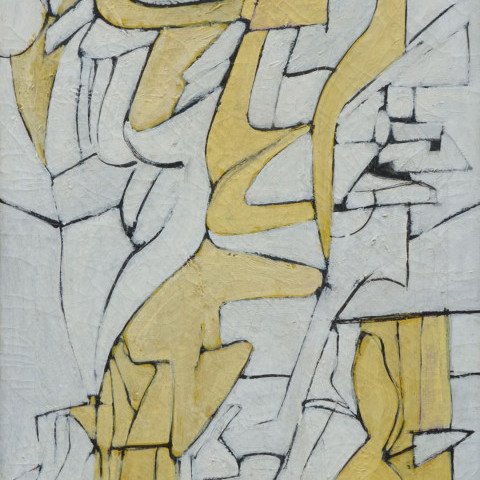
SOLD
White & Yellow, c. 1953 Richard Andres
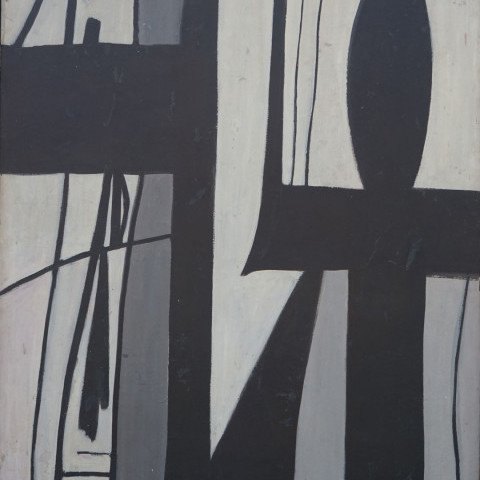
SOLD
Black Image, c. 1958 Richard Andres
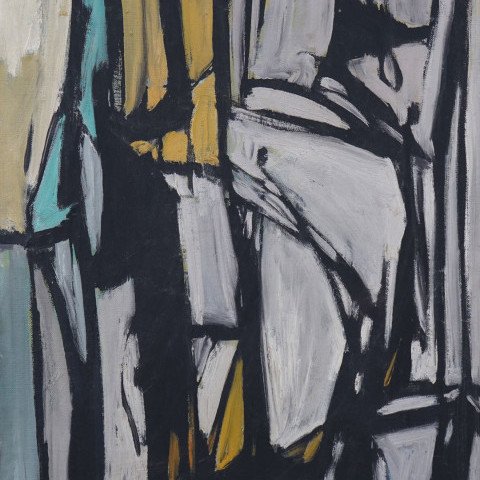
SOLD
Untitled I, c. 1960 Richard Andres
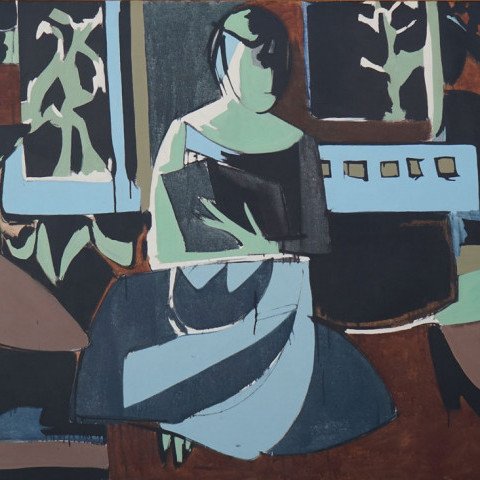
SOLD
Reading, 1970 Richard Andres
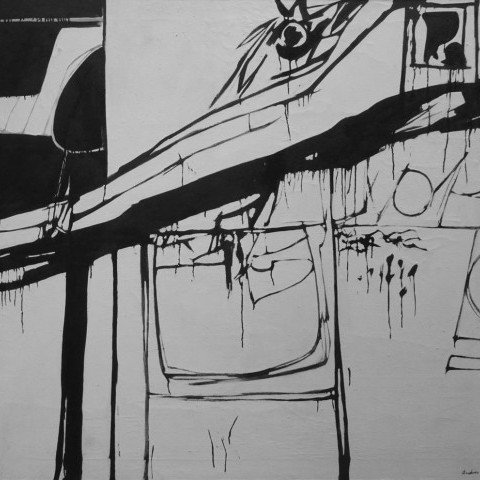
SOLD
Shore IV, c. 1974 Richard Andres
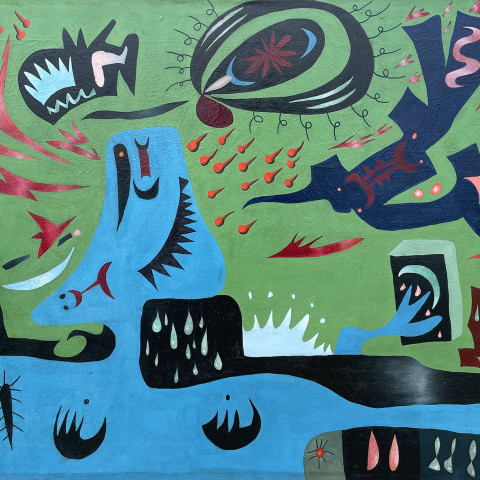
SOLD
Untitled, 1949 Richard Andres
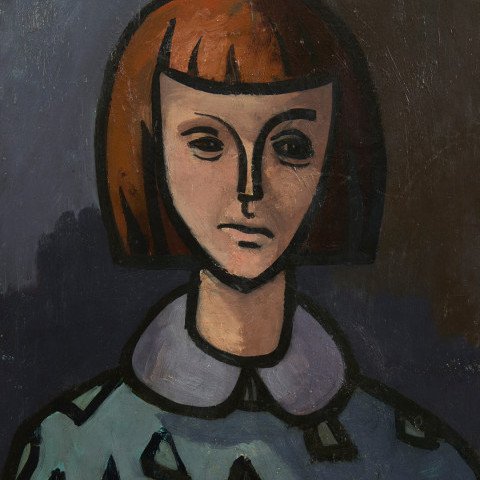
SOLD
Untitled (Avis), c. 1949 Richard Andres
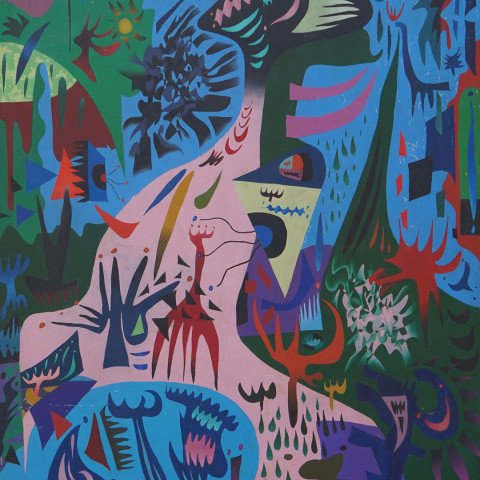
SOLD
Untitled, 1950 Richard Andres
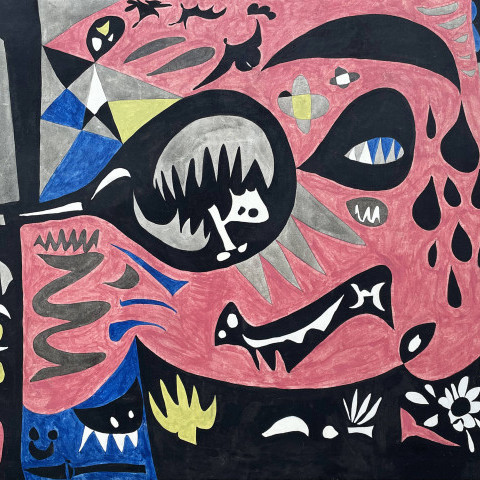
SOLD
Untitled, c. 1950 Richard Andres

SOLD
Untitled, c. 1950 Richard Andres

SOLD
Untitled, c. 1955 Richard Andres
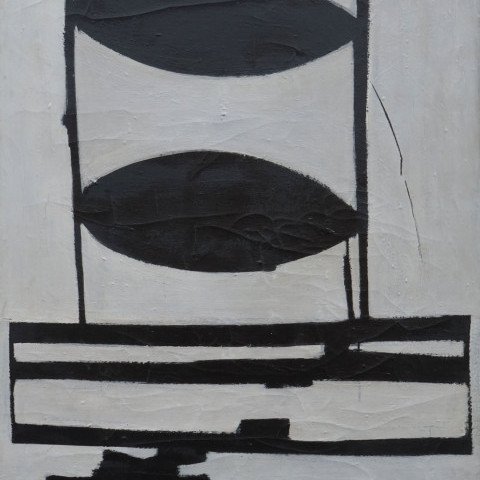
SOLD
Untitled II, c. 1958 Richard Andres
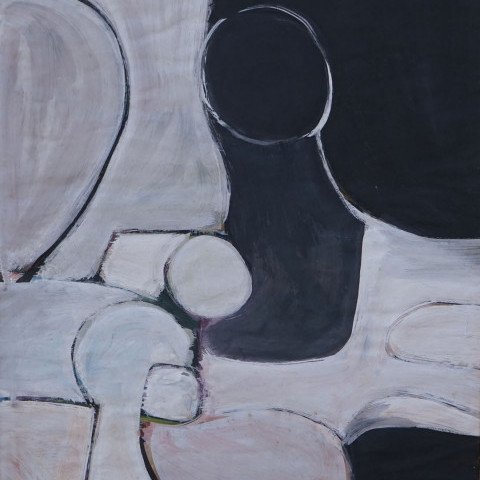
SOLD
Untitled, c. 1958 Richard Andres
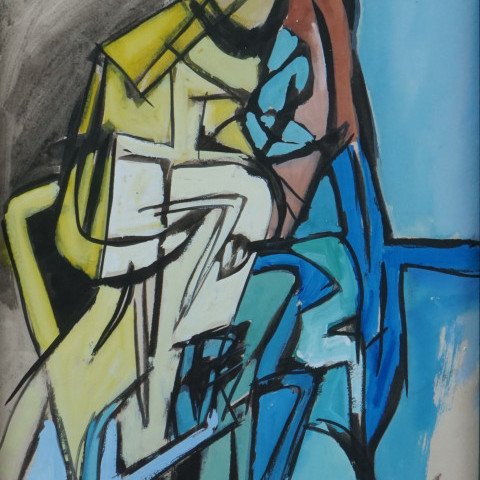
SOLD
Untitled II, c. 1960 Richard Andres
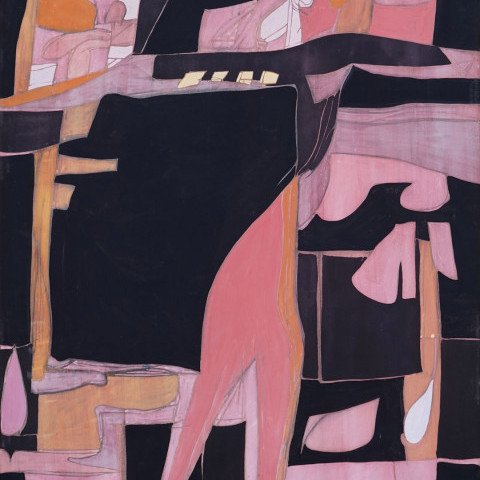
SOLD
Red Walking, c. 1965 Richard Andres

SOLD
Reading II, c. 1965 Richard Andres
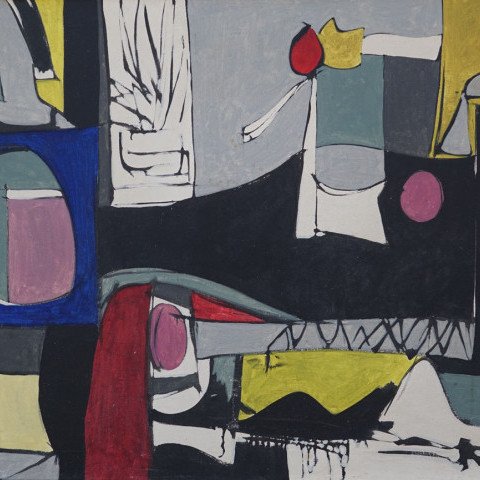
SOLD
Interior, c. 1972 Richard Andres
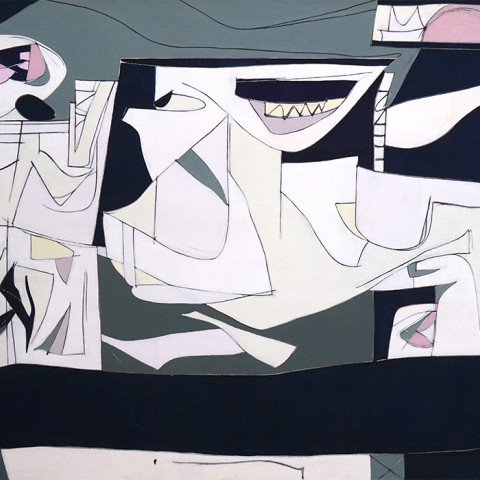
SOLD
L.S.F. 8-74, 1974 Richard Andres

SOLD
Aviary Series, c. 1980 Richard Andres

SOLD
Mirror, c. 1984 Richard Andres

SOLD
Untitled (Avis), c. 1985 Richard Andres

SOLD
Untitled (Avis), c. 1985 Richard Andres

SOLD
Untitled, c. 1988 Richard Andres

SOLD
Calypso, 1989 Richard Andres
